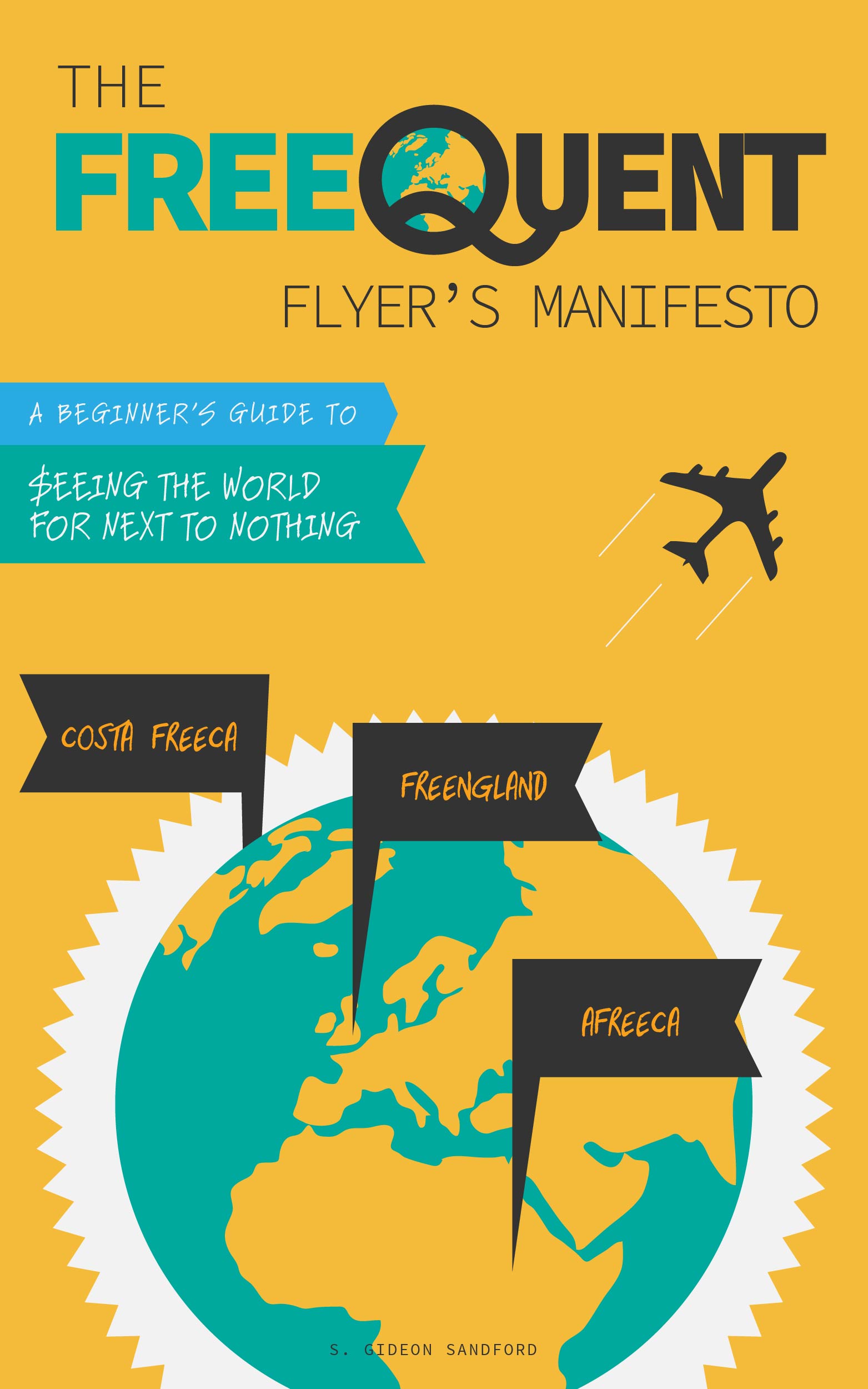Down to the wire: booking speculative Club Carlson vacations, with examples
/As faithful readers know, in the next few days the Club Carlson program will undergo two catastrophic devaluations: co-branded credit card holders will lose the free last night on award reservations of two or more nights; and a vast swath of Club Carlson's lame mid-tier properties are being bumped up to their highest rewards category, and will cost 70,000 Gold Points per night.
As has been pointed out ad nauseam, going from being able to book 2 nights for 44,000 or 50,000 Gold Points to being forced to spend 140,000 Gold Points is a disaster for those of us who have been taking advantage of Club Carlson's generosity for the past few years.
Fortunately, we were given enough notice to mitigate the pain somewhat, since we can continue to book last-night-free reservations for the next few days.
Club Carlson properties can be booked far in advance
It's an interesting fact that I find it psychologically easier to book trips speculatively far in advance than concrete plans in the near future. After all, to go on a trip next weekend we need to check out social calendar, the schedule of local music and food festivals, etc. To book a trip for next summer, we just have to come up with something that would be fun to do.
Fortunately, Club Carlson allows their properties to be booked far — in some cases years — in advance.
The Club Carlson program is not going away
The next thing to keep in mind is that the Club Carlson program is not going away. They'll continue to operate a loyalty program and you'll still be able to earn Gold Points with their co-branded credit card and redeem them for free nights at their properties all over the world.
The only thing that's going away is the last-night-free benefit, so that's the only benefit you need to worry about maximizing before June 1.
Use Award Mapper to find clusters of Club Carlson properties
Award Mapper has a terrific advantage compared to Hotel Hustle: your hotel selections persist when changing your city search term, so in order to develop a Club Carlson redemption strategy, you can just select Club Carlson as your hotel chain choice and start searching.
There are two ways to go about planning a Club Carlson vacation. You can find clusters of Club Carlson properties within a single city, like London:
If you want to spend any even number of nights in London, you could book alternating pairs of dates at next-door properties like:
- Radisson Blu Edwardian, Kenilworth & Radisson Blu Edwardian, Bloomsbury Street (100,000 Gold Points for 4 nights);
- Radisson Blu Edwardian, Hampshire & Radisson Blu Edwardian, Leicester Square (94,000 Gold Points for 4 nights);
- Park Plaza Westminster Bridge London & Park Plaza County Hall London (100,000 Gold Points for 4 nights).
Or you can look for regional clusters of Club Carlson properties, like this one in Eastern Europe:
Or this one in the Baltic States:
I ultimately decided to pursue the regional option, since I find it endlessly annoying to switch hotels in the middle of a visit to a city.
Think strategically about how long you'll stay in each city
Just like in London, it's possible to plan an Eastern European vacation (Budapest-Bratislava-Vienna-Prague) or Baltic vacation (Vilnius-Riga-Tallinn) using only 2-night stays to maximize your pre-devaluation Club Carlson points.
But that's not actually necessary, because of the point I made above: the Club Carlson program is not disappearing on June 1, and (except for property-specific changes in prices) you'll still be able to redeem your Gold Points for free nights. The only benefit you need to maximize today is the last-night-free benefit.
Here's a Baltic vacation I was considering with my remaining Club Carlson points:
- June 10-12, 2016: Radisson Blu Astorija Hotel, Vilnius
- June 13-15, 2016: Radisson Blu Hotel Latvija, Riga
- June 16-18, 2016: Radisson Blu Hotel, Tallinn
As you can see, each individual reservation is 2 nights long, since that's the benefit I need to maximize before June 1. Once it comes time to actually plan the trip, we could add an extra night in Vilnius before or after our reservation, an extra night at the beginning or end of our stay in Riga, and an additional night before or after the final stay in Tallinn. There's no point tying up Gold Points reserving those third and fourth nights now: there's plenty of time for that after June 1, even if it's at annoyingly-higher rates.
In addition to two two-night stays I already had booked, here is the vacation I ultimately designed with my remaining Club Carlson points:
- June 10-12: Radisson Blu Beke Hotel, Budapest
- June 13-15: Park Inn Danube, Bratislava
- June 17-19: Radisson Blu Style Hotel, Vienna
As in the example above, this itinerary both maximizes the last-night-free benefit and leaves flexibility should we decide to extend our stay in any of the 3 cities. The longer gap between Bratislava and Vienna is in case we decide to take a trip to Brno or Prague, two relatively-close Czech Republic cities I love and where I've spent a fair amount of time.
Conclusion
After booking a few close-in trips to Texas, I only had about 82,000 Club Carlson points left in my account. Now that I've got our Central European trip squared away, here's how many points I'm left with:
Getting as close to that number as possible should be everyone's goal in the time we still have left.


